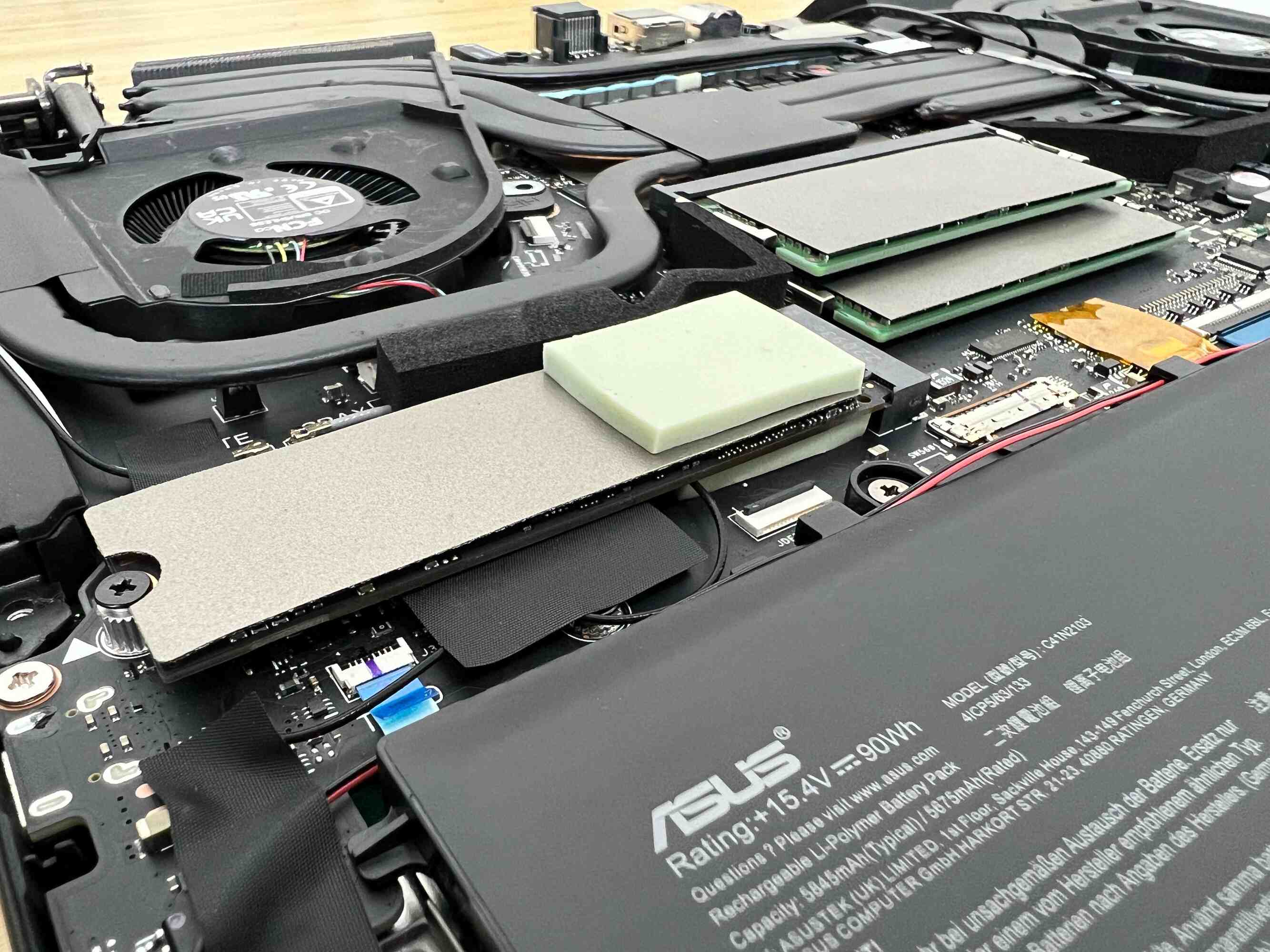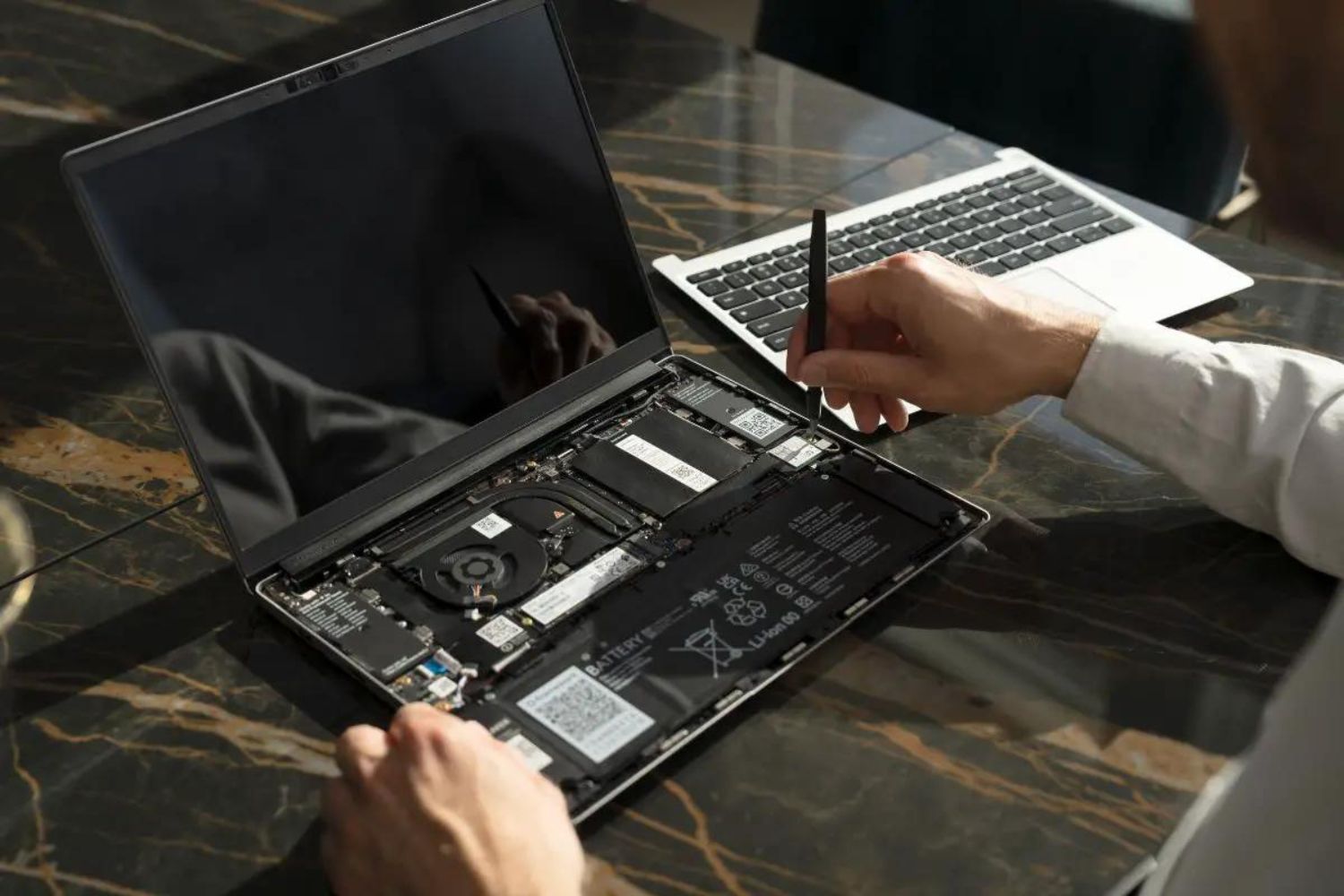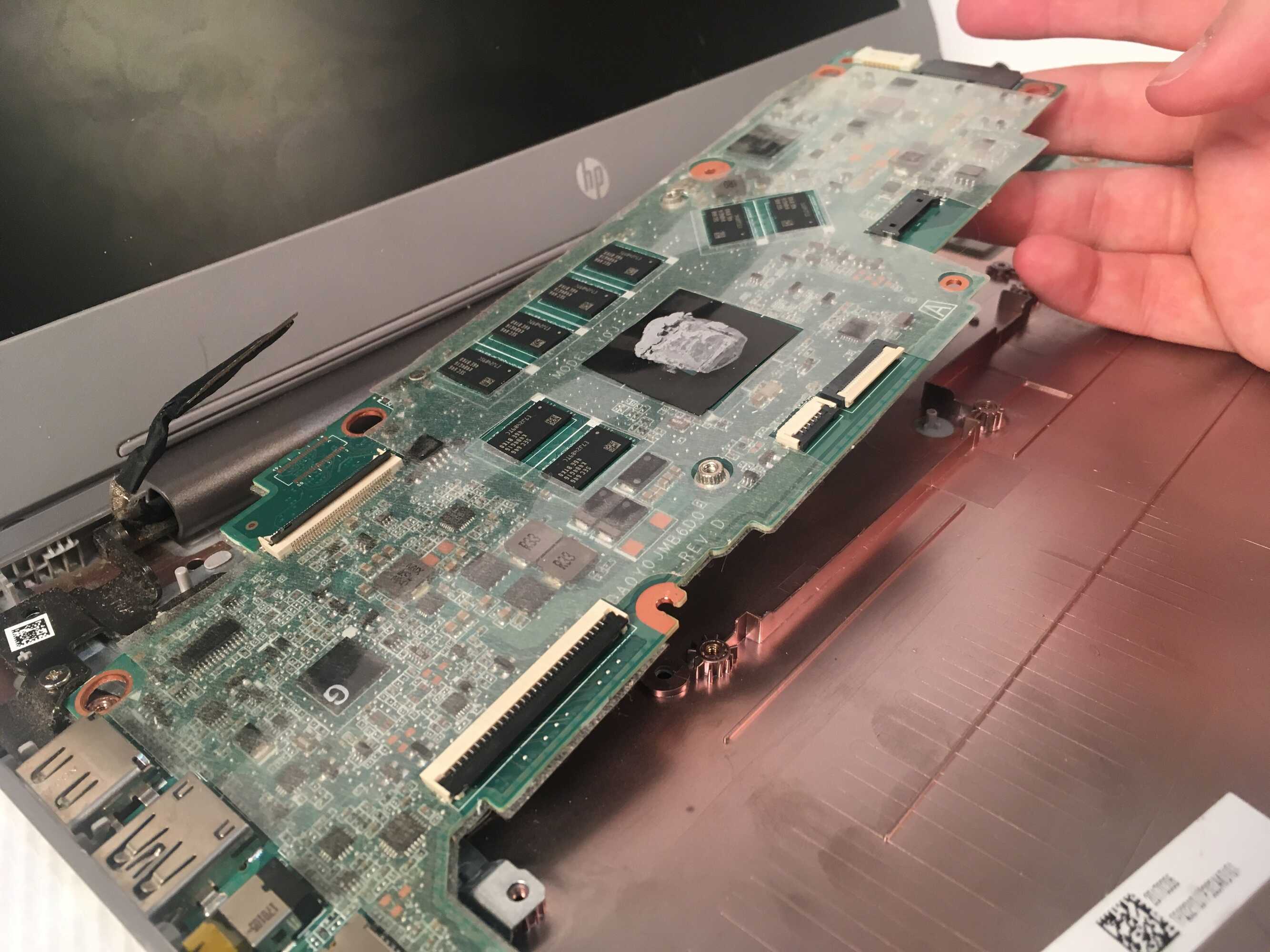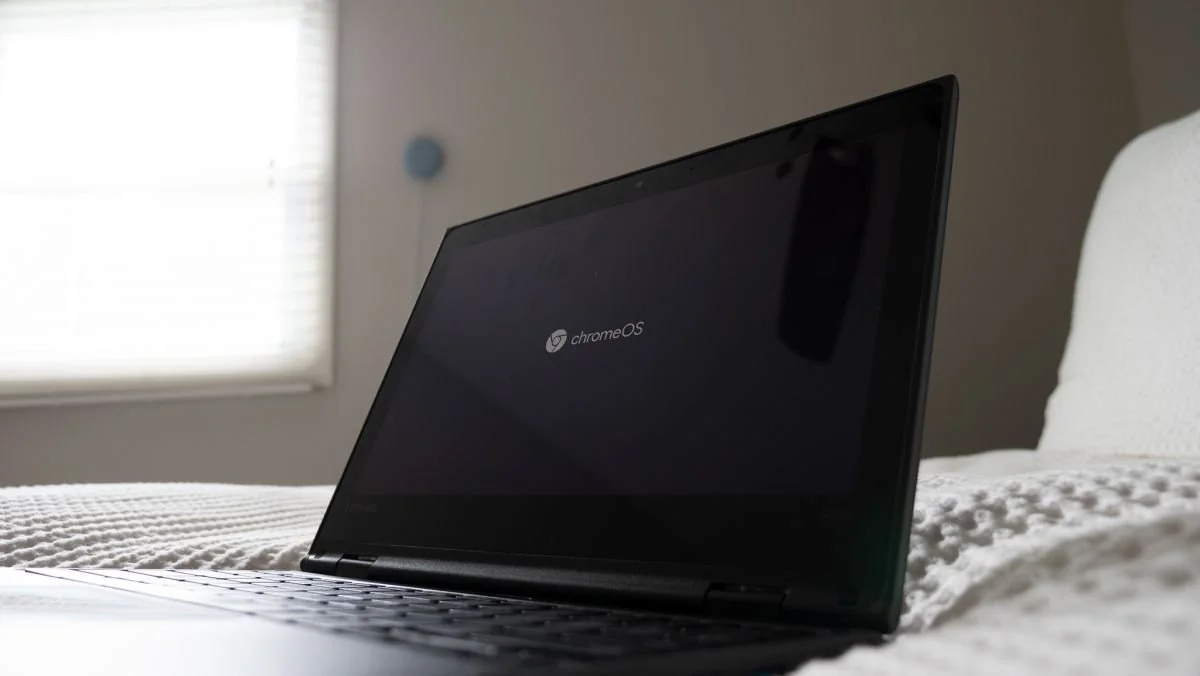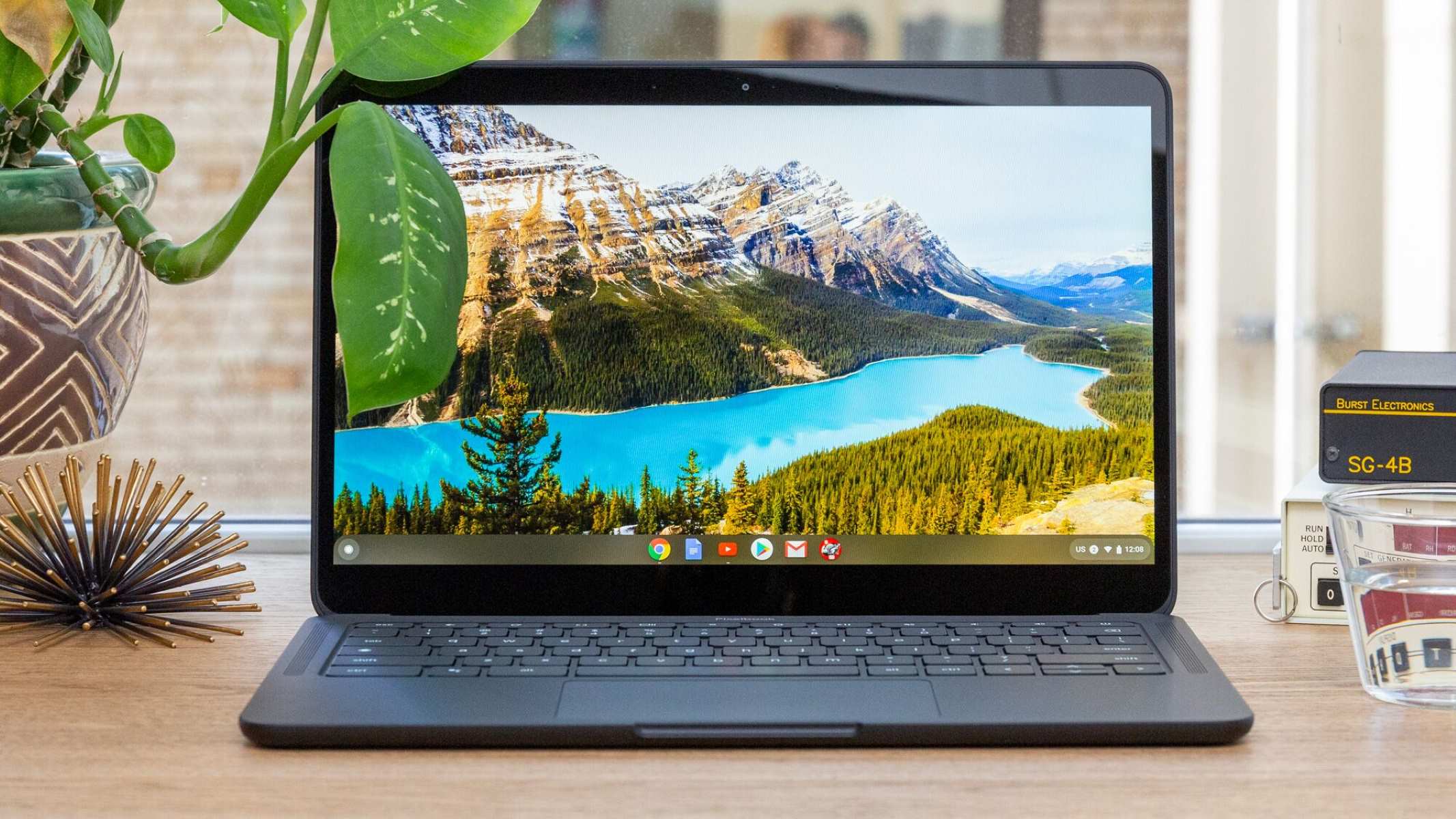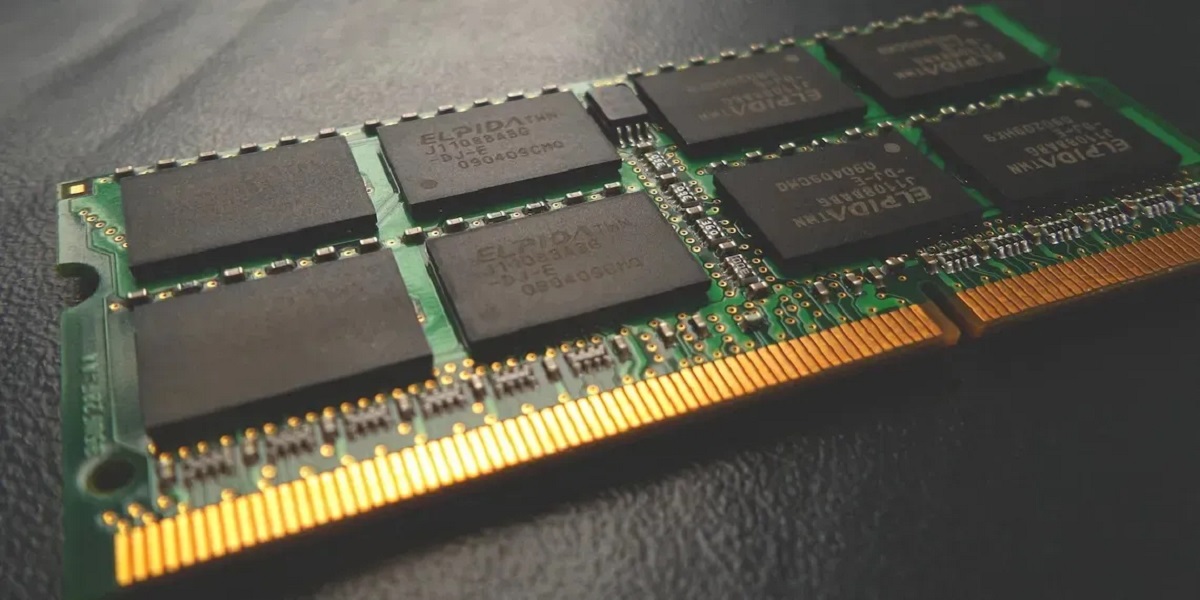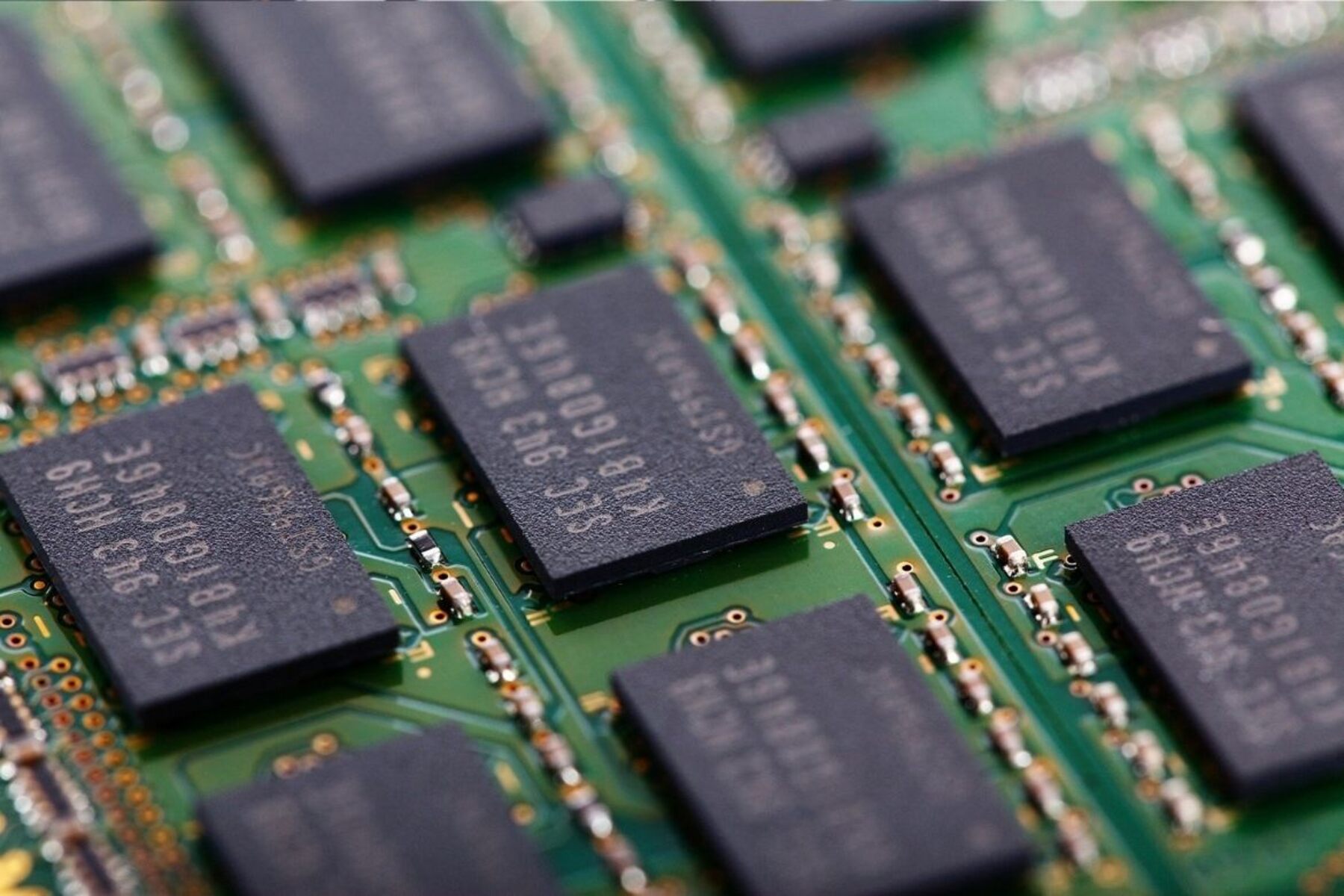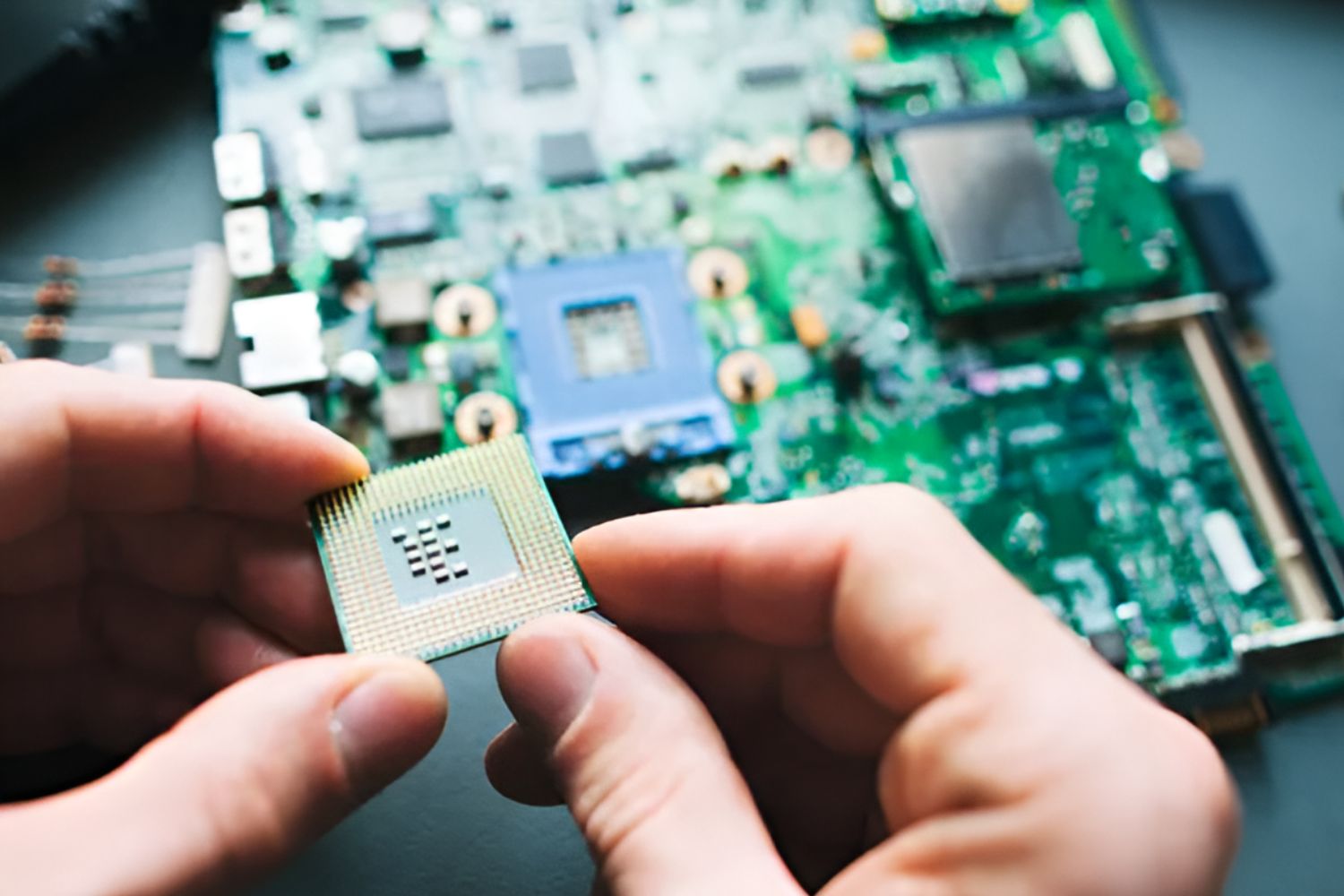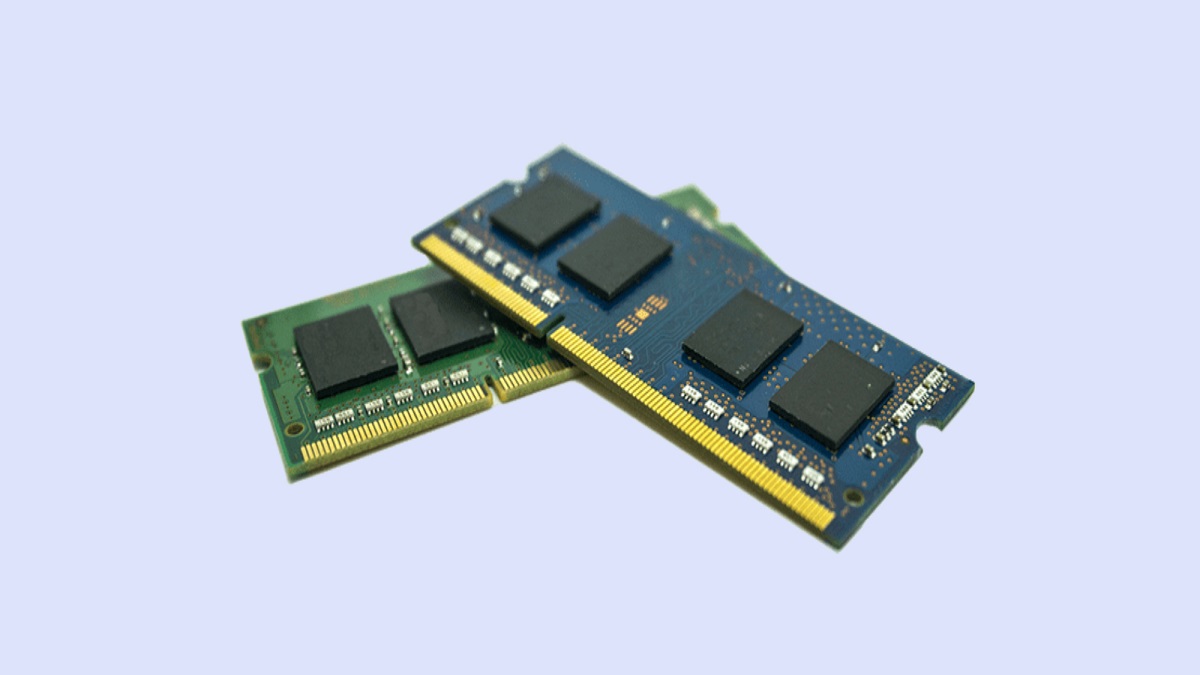Introduction
Welcome to our guide on how much RAM you need for a Chromebook. If you’re in the market for a new Chromebook or considering upgrading your current device, understanding the importance of RAM and how much you actually need is crucial. RAM, or Random Access Memory, plays a vital role in the performance and multitasking capabilities of your Chromebook.
Chromebooks are known for their fast boot times, lightweight operating system, and seamless web browsing experience. However, the amount of RAM your Chromebook has can significantly impact its performance and ability to handle multiple tasks simultaneously.
In this guide, we’ll walk you through various factors to consider when determining how much RAM your Chromebook needs. We’ll discuss the minimum RAM requirement for a Chromebook and explore different RAM options and price ranges. Additionally, we’ll provide recommendations on how much RAM is suitable for different Chromebook activities.
Understanding the RAM requirements for your Chromebook is essential to ensure smooth functionality and avoid any potential lag or performance issues. By the end of this guide, you’ll have a clear understanding of how much RAM is necessary for your specific needs and how to optimize your Chromebook’s RAM usage.
So, let’s dive in and discover how much RAM your Chromebook truly needs!
What is RAM and why is it important for a Chromebook?
Before we delve into how much RAM you need for your Chromebook, let’s first understand what RAM is and why it’s crucial for optimal performance.
RAM, or Random Access Memory, is a type of computer memory that allows data to be accessed quickly by the computer’s processor. Unlike permanent storage options like hard drives or SSDs, RAM is temporary and volatile, meaning that it loses its data when the computer is powered off. However, RAM is essential for running applications and programs effectively.
When you use your Chromebook, various activities and apps require RAM to function properly. Every tab you open in your web browser, every app you run, and every document you edit consumes a certain amount of RAM. The more RAM your Chromebook has, the more smoothly it can handle these tasks without slowing down or experiencing lag.
With a sufficient amount of RAM, you can open multiple tabs, switch between apps seamlessly, and multitask efficiently. RAM acts as a temporary workspace where the Chromebook stores data that your device needs for immediate access. Without enough RAM, your Chromebook may struggle to keep up with your demands, leading to slower performance and potential crashes.
Furthermore, RAM plays a crucial role in how efficiently your Chromebook utilizes its resources. When your device has limited RAM, it may have to rely on virtual memory, which utilizes your storage drive as additional memory. However, virtual memory is significantly slower than RAM, which can negatively impact performance and overall user experience.
Whether you use your Chromebook for browsing the web, streaming multimedia content, or running productivity apps, having an adequate amount of RAM is vital. It ensures that your device can handle these tasks smoothly and effectively, without frustrating slowdowns or delays.
Now that we understand the importance of RAM for a Chromebook, let’s explore the various factors to consider when determining the right amount of RAM for your specific needs.
Factors to consider when determining how much RAM your Chromebook needs
When deciding how much RAM your Chromebook needs, several factors come into play. By considering these factors, you can determine the right amount of RAM to ensure optimal performance for your specific needs. Here are some key considerations:
1. Types of tasks: Think about the types of tasks you primarily use your Chromebook for. If you mainly engage in basic web browsing, watching videos, and light productivity tasks, such as word processing or spreadsheet editing, 4GB of RAM should be sufficient. However, if you frequently engage in resource-intensive activities like video editing, graphics design, or running multiple heavy applications simultaneously, consider opting for 8GB or 16GB of RAM.
2. Future-proofing: It’s advisable to consider how long you plan to use your Chromebook. If you envision using it for several years, it’s wise to invest in more RAM to ensure it can handle future software updates and increasingly demanding apps. While 4GB may be sufficient for now, it may not be adequate in the long run.
3. Budget: RAM prices increase with higher capacity. Consider your budget and weigh the performance benefits of extra RAM against the additional cost. If you’re on a tight budget, 4GB or 8GB may be the most cost-effective option.
4. System requirements: Keep an eye on the recommended system requirements for the applications and tasks you frequently use. Some applications, especially those with higher resource demands, may have specific RAM requirements. Make sure your Chromebook meets those recommendations.
5. Multitasking habits: Consider your multitasking habits. If you tend to have multiple tabs open simultaneously, run extensions or plugins, or frequently switch between various applications, you’ll benefit from having more RAM to ensure smooth performance.
6. Future device usage: Think about how you may use your Chromebook in the future. If your usage is likely to intensify or change significantly, it’s better to err on the side of caution and choose a Chromebook with higher RAM capacity.
By considering these factors, you can make an informed decision about how much RAM your Chromebook needs. In the next section, we’ll explore the minimum RAM requirements for a Chromebook to help you establish a baseline.
The minimum RAM requirement for a Chromebook
When it comes to the minimum RAM requirement for a Chromebook, most models come with 4GB of RAM, which is sufficient for everyday tasks such as web browsing, email, word processing, and video streaming. This amount of RAM provides a smooth and responsive experience for general use.
However, it’s important to note that the minimum RAM requirement may vary depending on the specific model and the version of Chrome OS. Some entry-level Chromebooks may come with 2GB of RAM, but these devices are typically limited in terms of multitasking capabilities and may not offer the best performance for more demanding tasks.
If you primarily use your Chromebook for light web browsing, multimedia consumption, and basic productivity tasks, 4GB of RAM should be sufficient. It will allow you to smoothly switch between tabs and applications without experiencing significant slowdowns or performance issues.
On the other hand, if you frequently engage in more resource-intensive activities such as running multiple applications simultaneously, editing large documents or spreadsheets, or using Linux applications, you may benefit from upgrading to a Chromebook with 8GB or 16GB of RAM. This additional RAM will provide more headroom for multitasking and running more demanding applications without compromising performance.
Keep in mind that while 4GB of RAM may be suitable for most users, having more RAM can future-proof your device and provide a better user experience as software and web applications become more resource-intensive over time. It’s essential to consider your usage patterns and future needs when deciding on the minimum RAM requirement for your Chromebook.
Now that you know the minimum RAM requirement, let’s explore different RAM options and price ranges for Chromebooks to help you make an informed decision.
RAM options and price ranges for Chromebooks
When it comes to RAM options for Chromebooks, most models offer a range of choices to cater to different user needs and budgets. While 4GB of RAM is commonly found in entry-level Chromebooks, higher-end models often provide options for 8GB or even 16GB of RAM.
If you are a casual user who primarily uses your Chromebook for web browsing, streaming media, and basic productivity tasks, a model with 4GB of RAM should suffice. This RAM capacity provides a smooth and responsive experience for everyday use and is typically more affordable compared to higher RAM options.
For users who require more power for resource-intensive activities such as graphic design, video editing, or running multiple applications simultaneously, investing in a Chromebook with 8GB or 16GB of RAM is recommended. These higher RAM options provide a significant boost in multitasking capabilities, allowing for smoother performance when dealing with more demanding tasks.
It’s important to note that while upgrading to a Chromebook with more RAM may enhance performance, it also affects the overall price. As a general rule, Chromebooks with higher RAM capacities tend to be more expensive than those with lower RAM options. However, the price difference varies depending on other factors such as processor type, storage capacity, and display quality.
Entry-level Chromebooks with 4GB of RAM can typically be found in the price range of $200 to $400, while mid-range models with 8GB of RAM may range from $400 to $700. Premium Chromebooks equipped with 16GB of RAM can range from $700 to $1000 or more, depending on additional features and specifications.
It’s important to consider your budget and the specific requirements of your usage patterns when choosing the appropriate RAM option for your Chromebook. If you prioritize affordability and primarily engage in light tasks, 4GB of RAM should suffice. However, if you need more power and enhanced multitasking capabilities, investing in a Chromebook with 8GB or 16GB of RAM might be worth considering.
Now that you have an understanding of the RAM options and price ranges available for Chromebooks, let’s explore how much RAM is recommended for different Chromebook activities.
How much RAM is recommended for different Chromebook activities?
The recommended amount of RAM for your Chromebook depends on the specific activities you engage in. Here are some general recommendations for different Chromebook activities:
1. Web browsing and light multitasking: For casual web browsing and light multitasking, 4GB of RAM should be sufficient. It allows you to smoothly browse the web, open multiple tabs, and switch between applications without significant performance issues.
2. Streaming media: If you enjoy streaming videos, movies, or music on your Chromebook, 4GB of RAM is typically enough to handle the streaming process smoothly. However, if you often multitask while streaming, such as opening multiple tabs or running background applications, upgrading to 8GB of RAM can provide a more seamless streaming experience.
3. Productivity tasks: For basic productivity tasks like word processing, spreadsheet editing, and creating presentations, 4GB of RAM is generally sufficient. However, if you frequently work with large documents, complex spreadsheets, or multiple productivity applications simultaneously, upgrading to 8GB of RAM can help ensure smooth performance.
4. Photo and video editing: If you’re involved in photo editing, basic video editing, or use graphic design applications, it is advisable to opt for a Chromebook with at least 8GB of RAM. These activities require more memory to handle the resource-intensive tasks smoothly.
5. Running Linux applications: Chromebooks now have the ability to run Linux applications, which can be more demanding in terms of system resources. If you plan to use Linux applications extensively, 8GB or 16GB of RAM is recommended for optimal performance and multitasking capabilities.
6. Gaming: Although most Chromebooks are not primarily designed for gaming, some basic games and Android apps can be enjoyed on these devices. For casual gaming, 4GB of RAM should be sufficient. However, if you’re interested in more graphics-intensive games, consider opting for a Chromebook with 8GB or 16GB of RAM for a better gaming experience.
While these recommendations provide a general guideline, it’s essential to consider your specific usage patterns and the complexity of the applications and tasks you engage in. Keep in mind that more RAM generally allows for smoother multitasking, improved performance, and future-proofing your device.
Now that you have an idea of how much RAM is recommended for different activities, let’s explore how you can check the RAM usage on your Chromebook.
How to check the RAM usage on your Chromebook
If you’re curious about how much RAM your Chromebook is using and want to monitor its usage, there are a couple of ways to check the RAM usage:
1. Chrome Task Manager: Open the Chrome browser on your Chromebook and press Shift + Esc (or go to the Chrome menu > More Tools > Task Manager) to access the Chrome Task Manager. In the Task Manager, you’ll see a list of all the processes and tabs running in Chrome, along with their memory usage. Look for the “Memory” column to see the amount of RAM being used by each process.
2. Chrome OS System Monitor: Another way to check your Chromebook’s RAM usage is by using the built-in System Monitor. Press the Shift + Search + Escape keys simultaneously to open the System Monitor. Here, you can see the overall memory usage, including both RAM and swap memory. It provides a more detailed view of system performance and resource usage.
Monitoring the RAM usage on your Chromebook can help you identify any memory-intensive applications or processes that might be affecting its performance. This information can also guide your decisions on whether you need to close unnecessary tabs, upgrade to a Chromebook with more RAM, or optimize your usage habits.
Now that you know how to check the RAM usage on your Chromebook, let’s explore some tips to optimize your RAM usage and ensure the smoothest performance possible.
Tips to optimize RAM usage on your Chromebook
To ensure optimal performance and make the most of the available RAM on your Chromebook, here are some tips to help you optimize your RAM usage:
1. Close unnecessary tabs and applications: One of the most effective ways to optimize RAM usage is to close any unnecessary tabs and applications that are running in the background. Each open tab consumes a portion of your RAM, so closing unused tabs can free up valuable memory.
2. Use browser extensions sparingly: Browser extensions can enhance your browsing experience, but they also consume additional memory. Limit the number of extensions you use, and disable or remove ones that you don’t need regularly.
3. Avoid running multiple apps simultaneously: Running multiple applications simultaneously can put a strain on your RAM. Try to close applications when you’re not actively using them to free up memory for other tasks.
4. Clear your browsing data regularly: Clearing your browsing data, such as cookies, cache, and history, can help free up memory. This not only optimizes RAM usage but can also improve overall browser performance.
5. Disable background services and processes: Some applications and services continue to run in the background even when you’re not actively using them. Review your system settings and disable any unnecessary background services or processes to conserve memory.
6. Adjust your power settings: Adjusting your power settings to reduce the screen brightness, shorten the screen timeout, and activate power-saving mode can help conserve system resources, including RAM.
7. Keep your system and apps up to date: Regularly updating your Chrome OS and applications ensures that you have the latest performance optimizations and bug fixes, which can help in efficient RAM usage.
8. Consider using lightweight alternatives: If you frequently perform tasks that are more resource-intensive, consider using lightweight web applications or Chrome extensions that consume less RAM. These alternatives can help you accomplish similar tasks with lower resource requirements.
By following these tips, you can optimize RAM usage on your Chromebook and ensure smoother overall performance. Remember to strike a balance between the applications and tabs you have open and the available RAM to maintain an efficient and enjoyable user experience.
Now that you have a better understanding of how to optimize your RAM usage, let’s summarize what we’ve covered in this guide.
Conclusion
Understanding the importance of RAM and determining how much your Chromebook needs is essential for ensuring optimal performance and a smooth user experience. By considering factors such as the types of tasks you engage in, future-proofing, budget, and multitasking habits, you can make an informed decision about the right amount of RAM for your specific needs.
The minimum RAM requirement for a Chromebook is usually 4GB, which is suitable for everyday tasks like web browsing, email, and light productivity. However, if you frequently engage in more demanding activities such as photo/video editing, running Linux applications, or multitasking with resource-intensive apps, upgrading to 8GB or 16GB of RAM is recommended.
When it comes to RAM options for Chromebooks, most models offer choices ranging from 4GB to 16GB. However, it’s important to consider your budget and specific requirements when choosing the right RAM capacity for your Chromebook.
Monitoring your Chromebook’s RAM usage using tools like the Chrome Task Manager or Chrome OS System Monitor can help you understand how your system is utilizing memory and optimize its usage. Closing unnecessary tabs and applications, using browser extensions sparingly, and clearing browsing data regularly are some effective ways to optimize RAM usage.
By following these tips and optimizing your RAM usage, you can maximize the performance of your Chromebook and ensure a seamless experience across various activities.
We hope this guide has provided valuable insights into how much RAM your Chromebook needs and how to optimize its usage. Remember to consider your specific usage patterns, future needs, and budget when making decisions about RAM capacity. With the right amount of RAM, you can enjoy a smooth, responsive, and efficient Chromebook experience.







